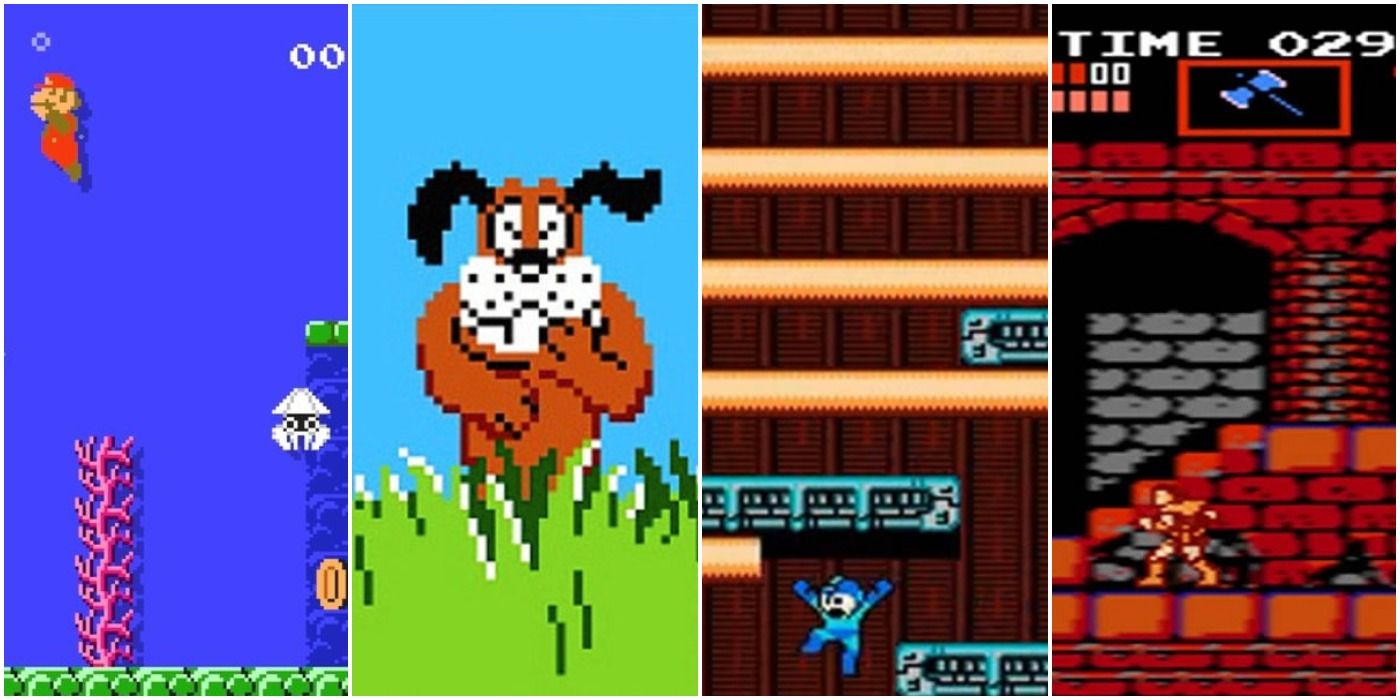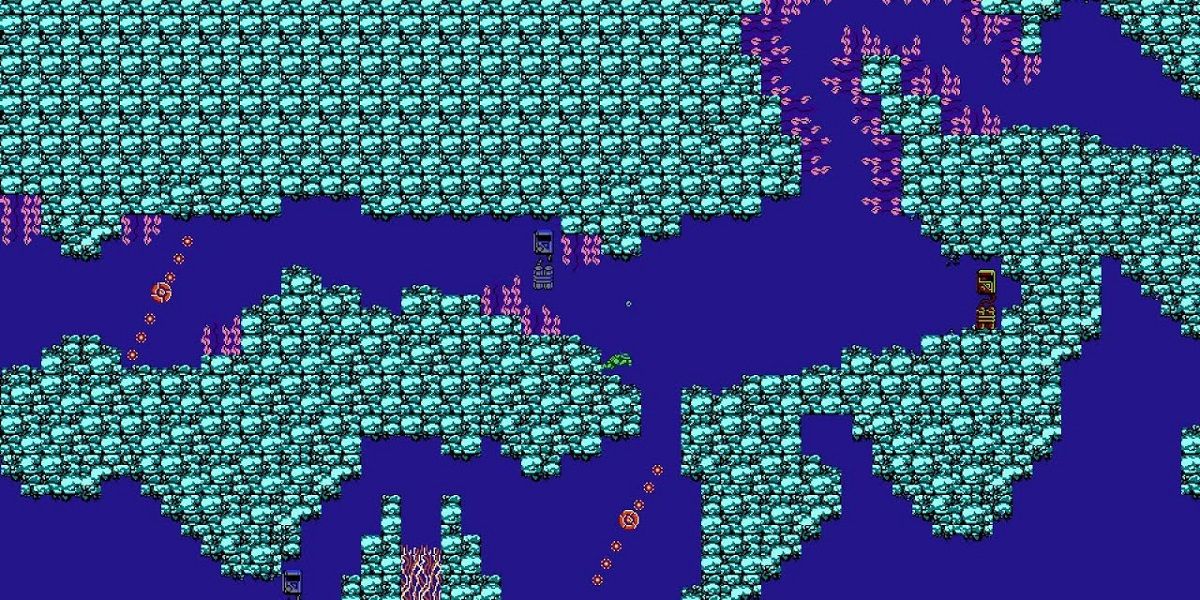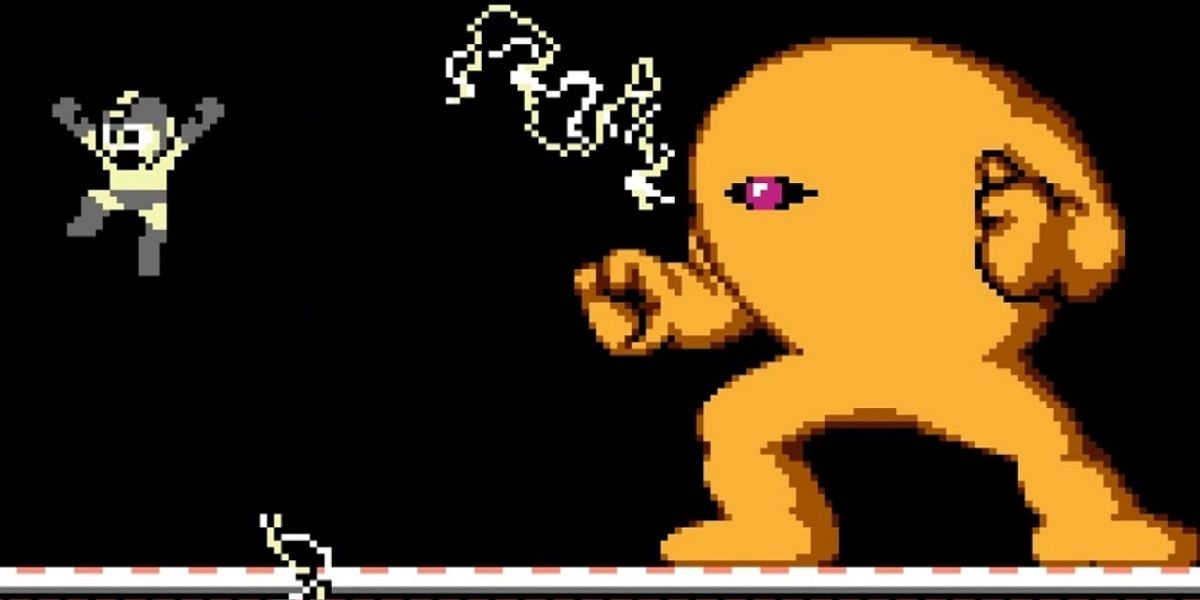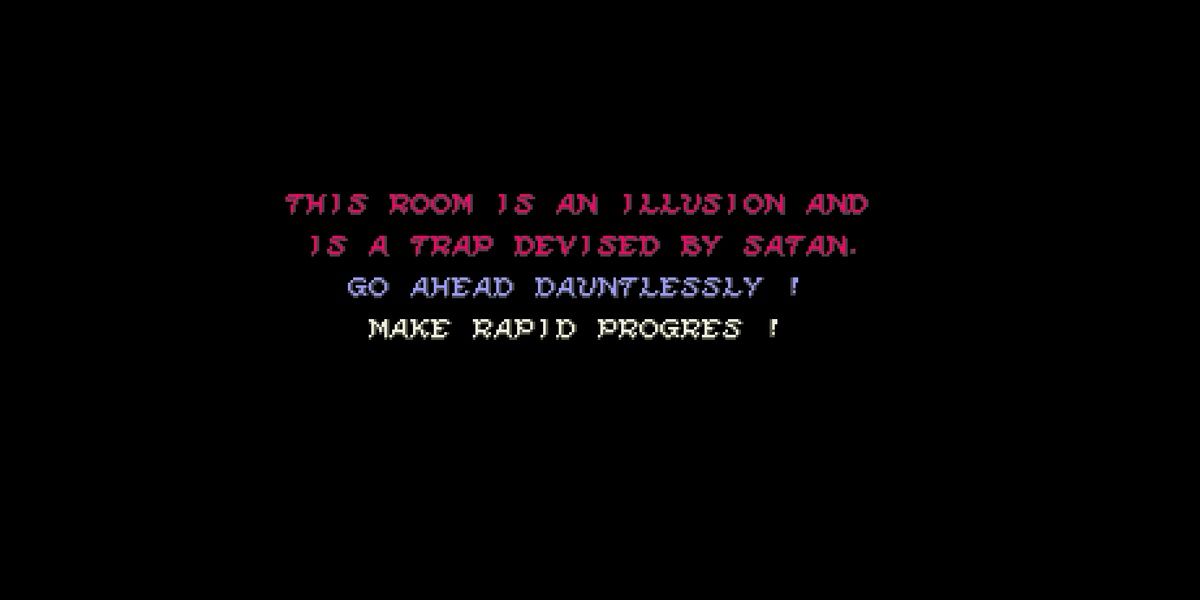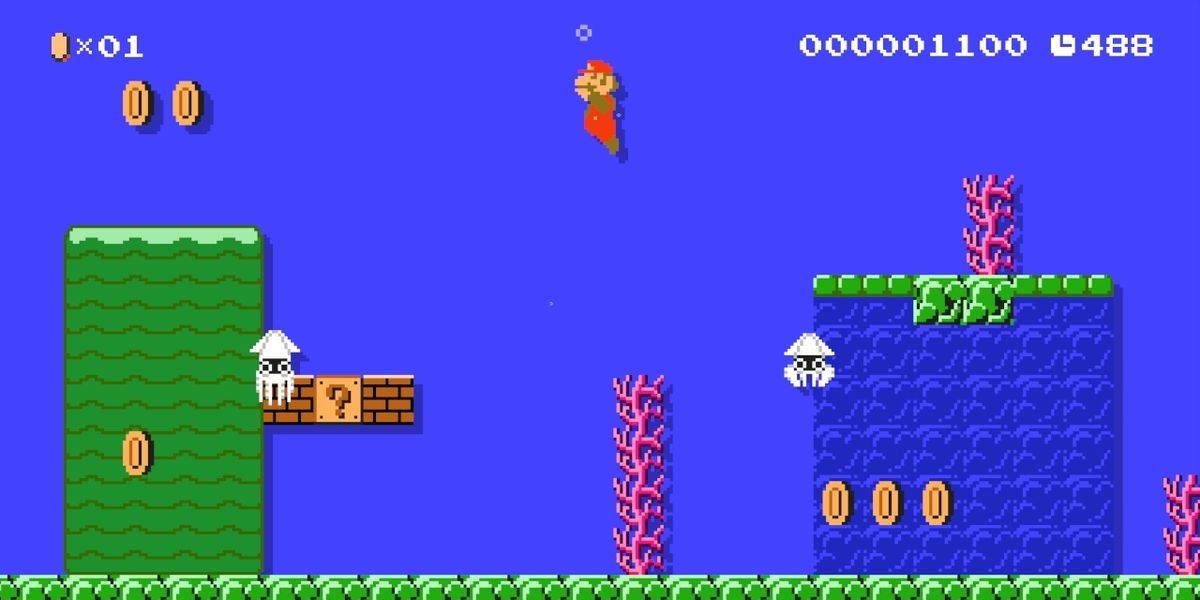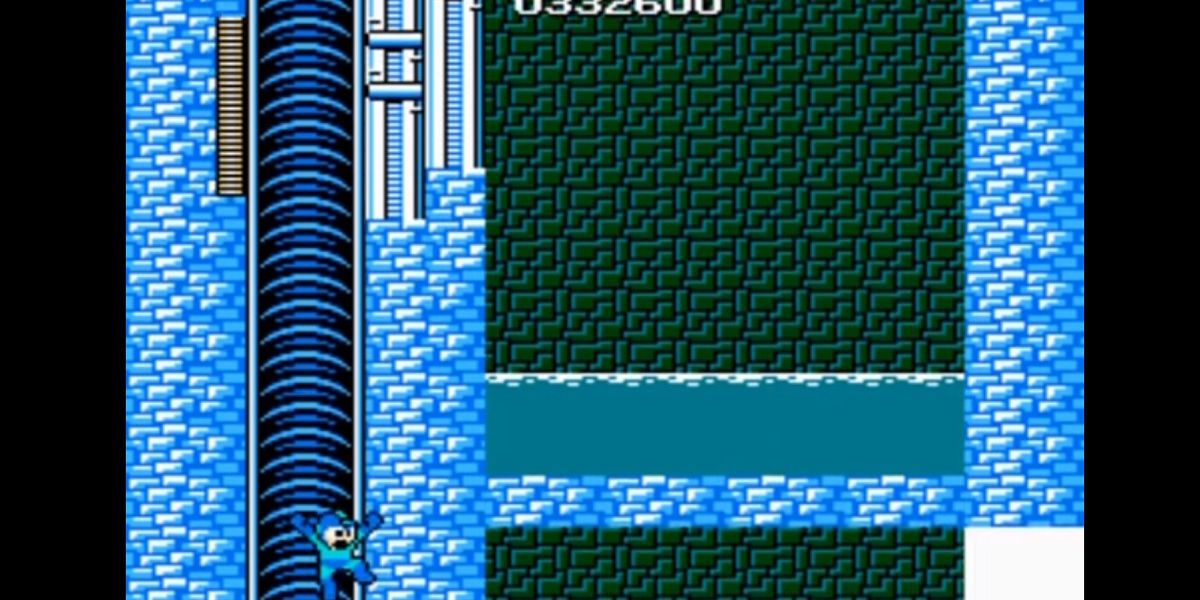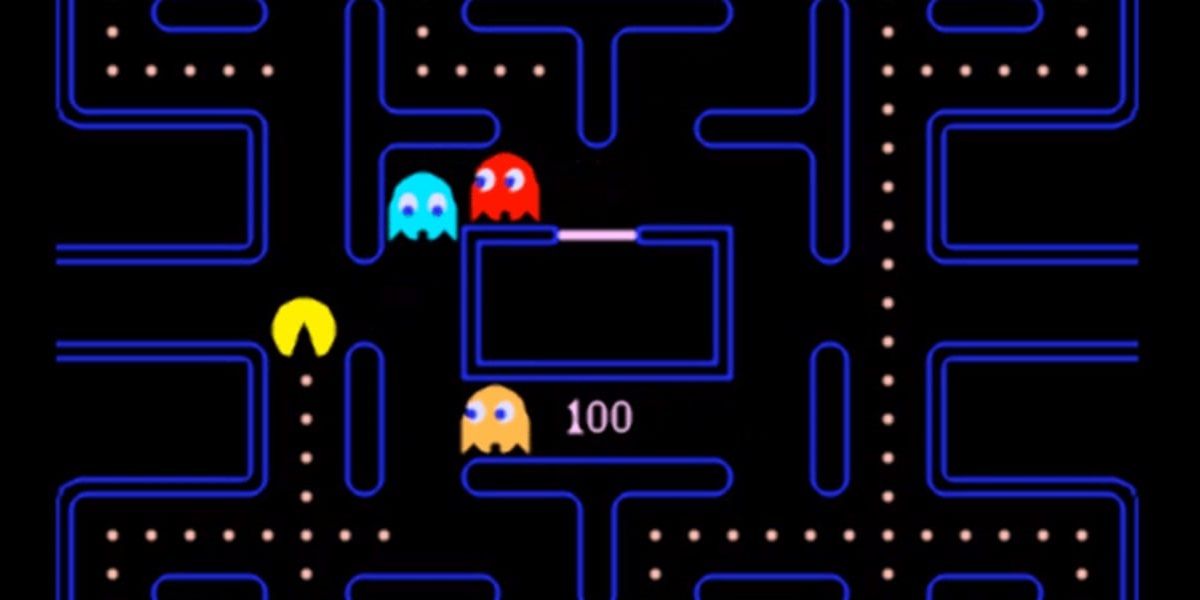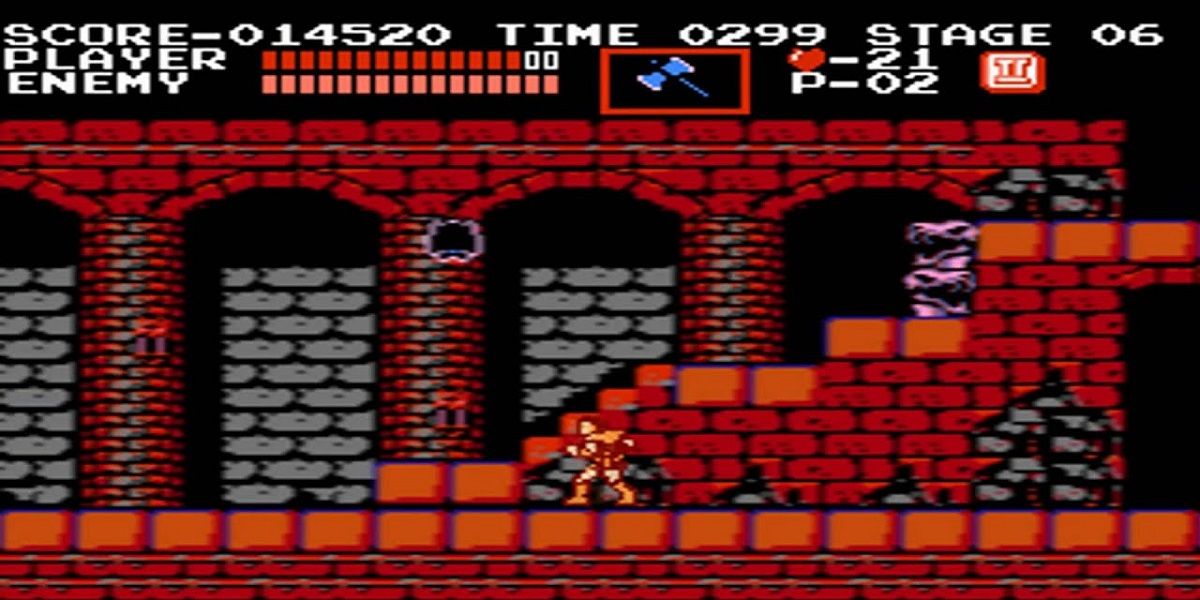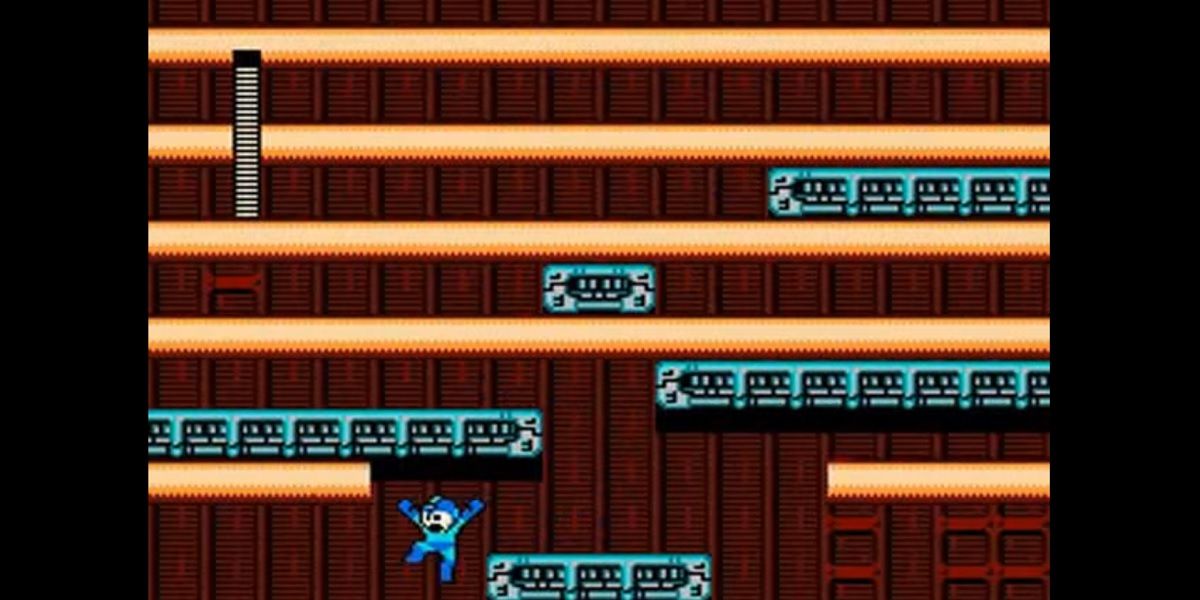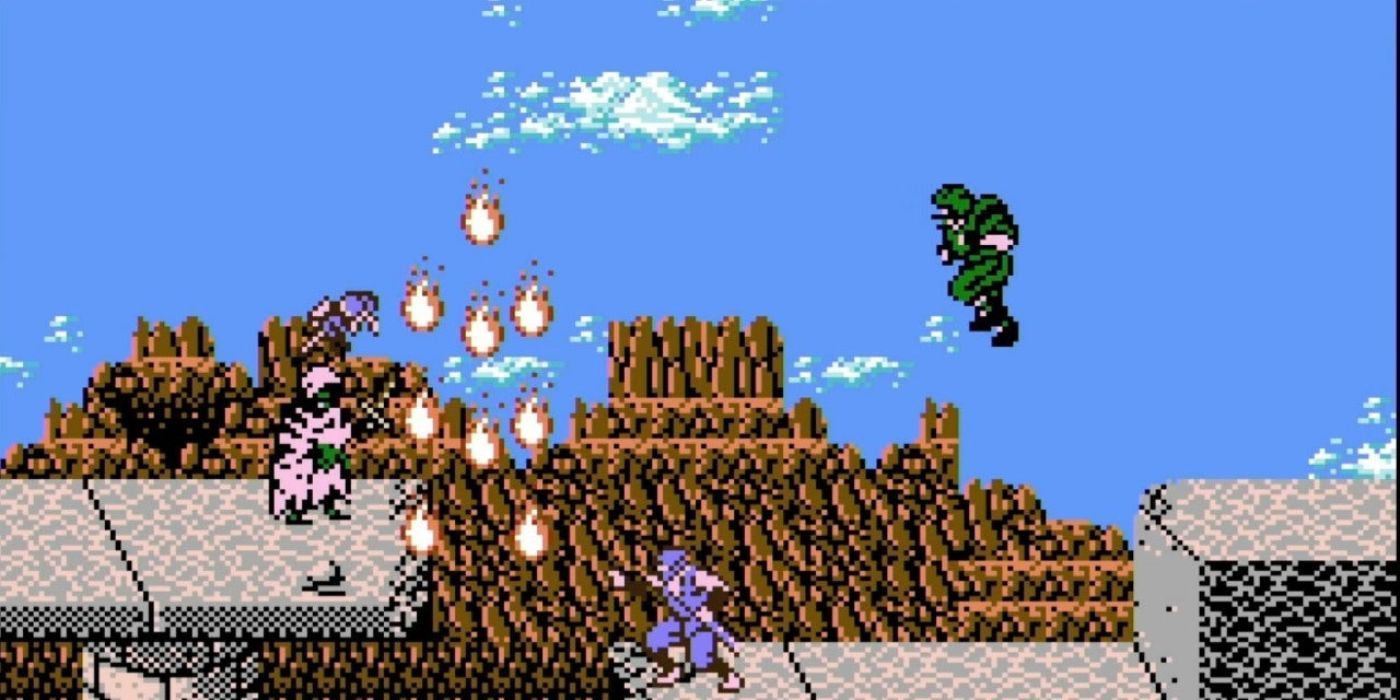"Nintendo hard" is a well-known term for retro gamers who grew up with the original Nintendo Entertainment System. The term specifically refers to those early entries on the NES that had insane difficulty. Before the NES, video games were typically available only at arcades. Being in the business of making money, arcades needed gamers to continue pumping coins into their machines, and what better way to do that than with intense difficulty levels?
On top of that, the people developing the games were pro-gamers themselves, so the games they were making often matched their personal level of play. Games nowadays have varying difficulty levels, so gamers of any stripe can enjoy most games. But in the nostalgic days of the early-to-mid '90s, only the most dedicated gamers could take on the toughest titles that NES had to offer.
10 The TMNT Water Dam Level Is A Pain To Get Through
Underwater levels seemed pretty popular in classic NES games, but it's hard to see why. The swimming motion was often sluggish and hard to control, resulting in taking damage from obstacles or enemies no matter how carefully the player is maneuvering their character. The Water Dam level in the Teenage Mutant Ninja Turtles NES classic game required the Turtles to deactivate several bombs located underwater. While there were no enemies in this stage, there were several electrocuting obstacles that the player would have to navigate through to find each bomb. And to make matters worse, the level has a time limit.
9 Mega Man's Yellow Devil Takes Patience & Precision
Many retro gamers might remember the Yellow Devil from the Mega Man series since he appears in more than one of the franchise's entries. The very first rendition of the Yellow Devil is frustrating for how the fight plays out. The Yellow Devil systematically breaks down into several fragments and teleports over to the other side of the screen over and over. Once it materializes, players only have a few precious seconds to get some hits in before Yellow Devil starts teleporting back to the other side. Yellow Devil's teleporting pieces are also able to harm Mega Man, so knowing the pattern for dodging is essential for clearing this stage with minimal damage.
8 The Fake Ending At The End Of Ghosts 'n Goblins Was Basically Trolling
Ghosts 'n Goblins is known for its brutal difficulty, but the most frustrating moment in the game has to be when players think they're done. Classic NES games are known for not having any save files or checkpoints, so dying in-game often meant having to begin again from the start, so players worked hard to play the game well.
Ghosts 'n Goblins delivers the ultimate blow after players manage to hone their skills enough to get to the end of the game. After defeating Satan, the game's final boss, a screen appears stating that everything thus far was an illusion, and the player needs to beat the game again. And to add insult to injury, the difficulty level is higher on that second playthrough.
7 The Dog In Duck Hunt Tries To Wound Your Ego
Playing Duck Hunt with the NES light gun peripheral was really fun and immersive, but it was far from perfect. Even proper aiming could result in missing the shot and the duck flying away. Nothing was more frustrating than dealing with a seemingly malfunctioning light gun and having the hunting dog laugh mockingly every time players failed to shoot the duck. The NES classic light guns have a somewhat complex functioning method but suffice it to say that the quality of the player's CRT television ultimately determined how well the light gun would pick up the ducks' hitboxes on screen.
6 World 2-2 In Super Mario Brothers Was Unexpectedly Challenging
Swimming mechanics in early NES games were pretty frustrating, requiring multiple button-presses to give the character on screen the ability to move around underwater effectively. On top of that, developers tried to mimic water resistance by making the characters on screen move more slowly and awkwardly underwater, similar to the way that characters slide on ice in classic NES games. For an early game level, this stage in the original Super Mario Bros was more frustrating than it needed to be.
5 The Ice Blocks In The Original Mega Man's Ice Man Stage Require Memorization
Mega Man is another classic NES franchise that's known for its grueling difficulty. Mega Man only started including passwords in its games starting with Mega Man 2, so getting a game over in the first Mega Man meant players would be starting from the bottom. Ice Man's stage contains disappearing ice blocks that players need to jump on in the correct order to get to the next platform and move forward in the level. The blocks appear in a pattern and throw in random blocks that aren't necessary to land on in order to move forward, so taking time to memorize the jumps is key.
4 Missing A Dot In Pac-Man Could Cause A Game Over
Beating a level in Pac-Man requires players to carefully keep track of each dot scattered throughout the maze and make sure each quadrant is clear before moving too far away. Levels typically allow shortcuts to cut across the map but depending on where the lone dot is located, it might be a perilous journey even with the shortcut.
The ghosts move faster in higher levels as well, so that one missing dot could easily result in a game over if players can't successfully navigate the maze to reach the last dot.
3 The Medusa Heads In Castlevania Are Super Annoying
The Medusa heads' trajectory varies depending on which version of Castlevania is being played, but that's not much solace since they seem so random. Castlevania is a platformer, meaning the range of motion for the player is pretty limited. The Medusa heads can freely float across the screen in areas that the player can't reach and then fly towards the unsuspecting player from bizarre angles, causing damage. Quick reflexes save the day with these kinds of enemies. But even with a fast reaction time, Medusa heads are pretty frustrating to deal with.
2 Quick Man's Lasers In Mega Man 2 Are An Easy Game Over
Part of Quick Man's stage includes free-fall areas with no enemies, but players must quickly drop down or get destroyed by a Force Beam. The beams are one-hit kills and shoot onto the screen in a pre-determined pattern. It's possible to use Flash Man's Time Stopper to get past the Force Beams, but doing that risks using up all Mega Man's weapon energy before the end of the stage. The robot masters are easiest to defeat if players have a full weapon energy gauge to use against them, so it's best to avoid using Time Stopper until the boss fight.
1 Ninja Gaiden's Learning Curve Is Legendary
Ninja Gaiden is infamous for its brutal difficulty level in the original NES games. Even with unlimited continues, Ninja Gaiden requires a significant amount of skill to make it all the way through the game. Players need to become intimately familiar with the game's tight controls, or they'll never make it to the end. Ryu has several skills in the game, such as jumping off walls and using that momentum to climb up precipices. A poorly timed button push was tantamount to death, and the game's bosses are known for being incredibly difficult. Finishing this classic game is an impressive accomplishment for any gamer.

